Legacy Assembled—The Record Plant Story Told
Book Review: "Buzz Me In, Inside The Record Plant Studios"
Zappa told them not to do it. He had owned a studio for a while back in his pre-soul patch days, and things didn’t go particularly well. But that wasn’t going to sway Chris Stone and Gary Kellgren. This was late 1967 and the two men were convinced that there weren’t going to be enough studios available to service the exploding multitrack curiosity of the post-Pepper, post-Pet Sounds era. Martin Porter and David Goggin’s “Buzz Me In, Inside The Record Plant Studios” is the nearly 400-page saga of what happened next.
By the time they met, Kellgren had already earned his engineering pedigree alongside Tom Wilson – the famed producer who successfully piloted the albums of Dylan’s early career. Kellgren came up with the phasing effects on The Animal’s “Sky Pilot,” and was also the man who famously walked out of The Velvet Underground’s White Light/White Heat sessions after turning up everything to 11 and telling the band “When you’re done, just give me a call.” Stone on the other hand was a businessman who had made his financial bones in cosmetics. Together this unlikely pair bonded over the notion of building an enviable recording space in Manhattan where they were sure musicians would line up to get into – a place that was as hip as it was homey. To do that they gathered the (then) enormous sum of $100K from the newly divorced wife of Revlon honcho Charles Revson. And with that cash in hand, the duo landed their first prized client – psychedelic guitar shaman Jimi Hendrix. Hendrix was red hot and looking for a relaxed place to work on his next project where he wouldn’t be checked by the constraints of a normal studio atmosphere. Kellgren and Stone successfully lured him into tracking it at what they were now referring to as The Record Plant. So on April 18, 1968 tape began rolling on the songs that would wind up on Electric Ladyland – Jimi’s only number one album. And that only gets us to page 35.
From there we watch as operations shift West to Los Angeles and then north to the Californian art enclave of Sausalito. The amount of music history attached to the studios just grows exponentially from here – the place where CSNY’s “Ohio” was fortuitously recorded, the first studio to install a quadrophonic setup, and homebase for perennial unit shifters Hotel California, Songs In The Key of Life, and Rumours. But the hedonism that came to be associated with the Golden State was also embedded in Kellgren and Stone’s operation - the infamous LA jacuzzi, sordid groupie tales and API consoles with “inlaid mirrors for snorting cocaine, which were cleaned and outfitted daily with fresh razors and straws.”.
But along with all the excess you’d expect from a title like this, one of the principal legacies that emerges from its pages is of The Record Plant as a hothouse for some of the most amazing studio talent the industry has ever seen. Producer Bob Ezrin, house engineers Shelly Yakus and Roy Cicala, and future A-list entrepreneur Jimmy Iovine who would say: “Record Plant formed 100 percent who I am. I wasn’t anybody when I walked in there. Those first five years at Record Plant taught me everything. It taught me about life…”
The book itself weighs a ton for its physical size, as if the binding was actually holding together deli thin leaves of portland cement. But it’s as heavy as many of the names who recorded there – many of which are conveniently printed on the reverse side of the dust jacket. But quality paper aside, what Porter and Goggin manage to pull off here is a narrative that’s just as entertaining as it is informative. The balance of worthwhile detail to Rock lore is set just right. It’s neither decadent dull or hyper-detailed in its technical geekery. And the selection of photos sprinkled throughout, even if they’re not always digital sharp or color corrected for 21st century retinas, gives the book an authoritative yet homebrewed charm.
To get this all together, Porter and Goggin’s spoke with “more than 100 studio employees, music producers, and recording artists,” and it’s clear from dropping into any of the chapters here that the authors placed just as much value in what they heard from legends they’ve documented, as they did in what they culled from the people who made these facilities function. Because after all, the particulars of a decades old recording session are probably fairly hazy to a busy musician who’s done hundreds of them. But the people loading in tapes or manning reception probably have a razor-sharp memory of the day when they got to usher John Lennon through the studio doors.










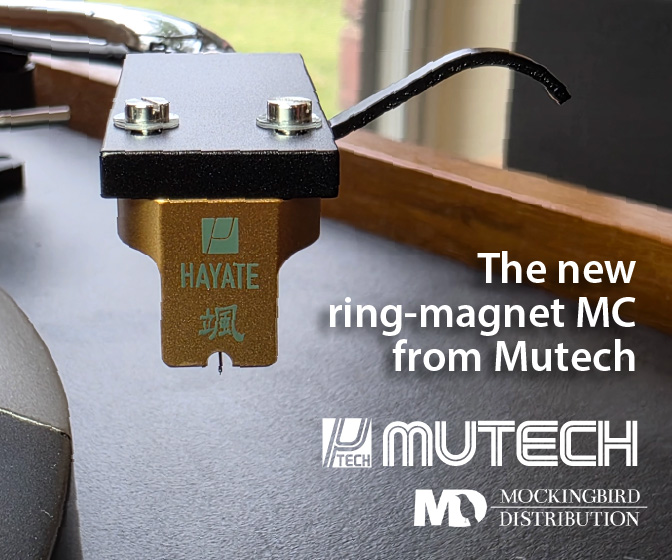
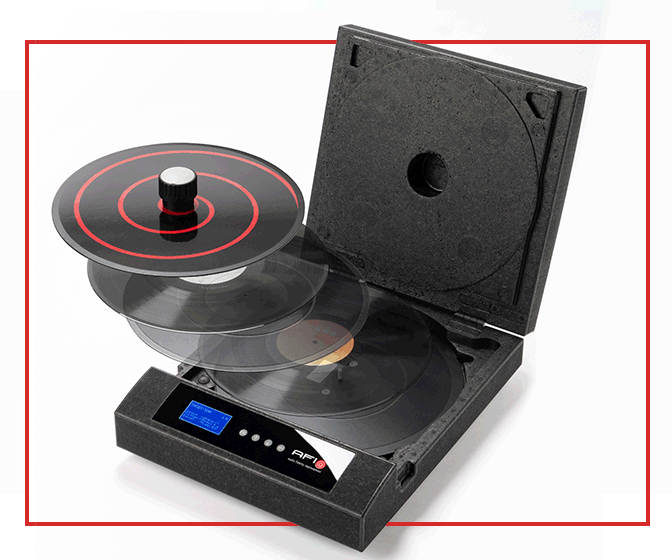

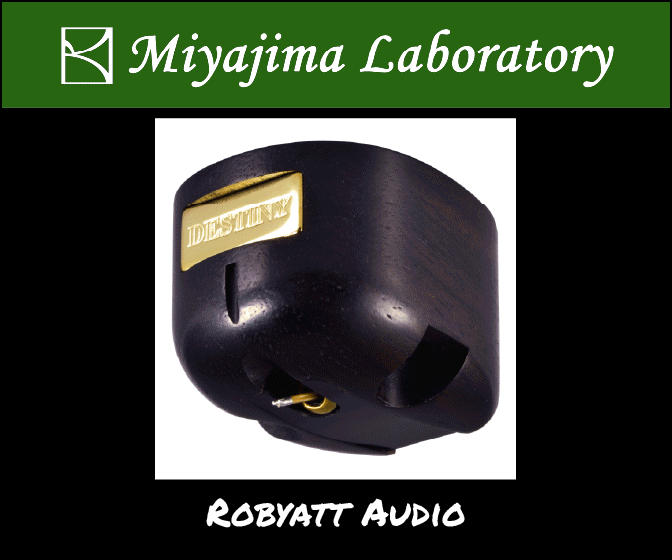





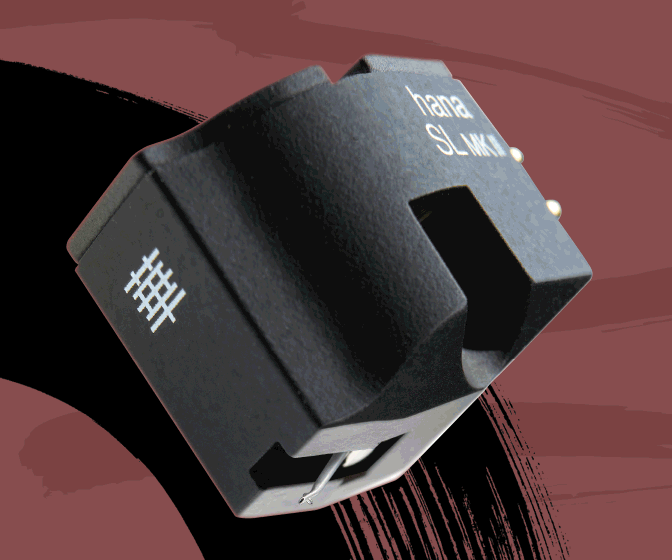


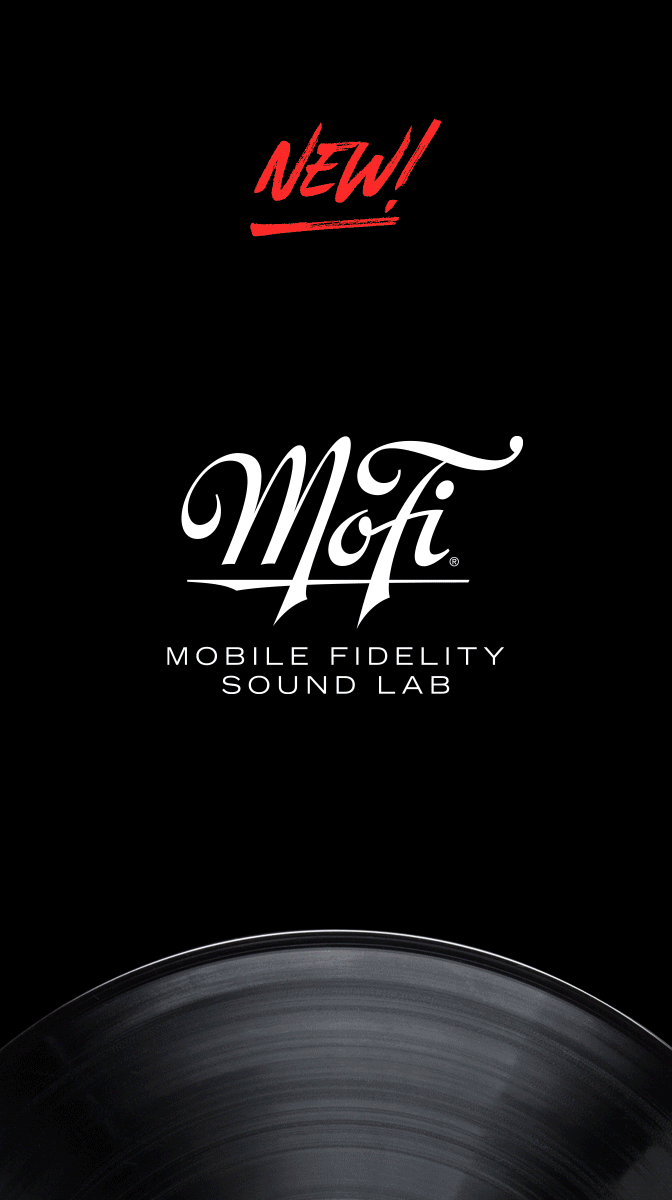



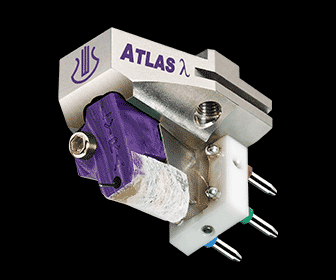

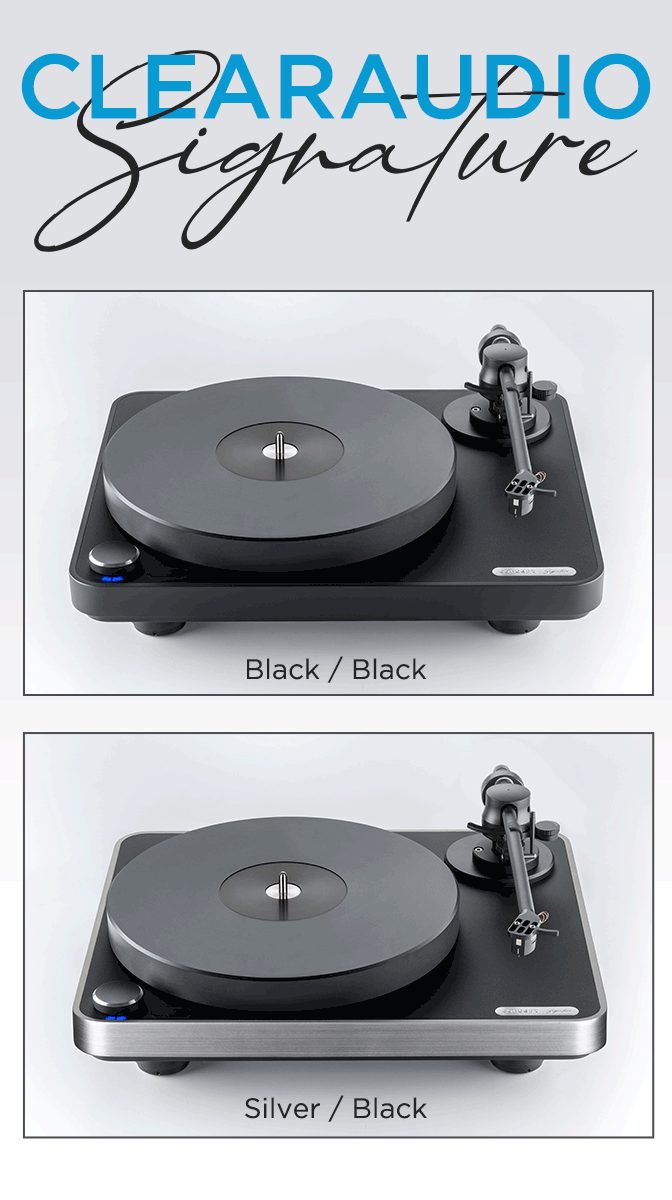


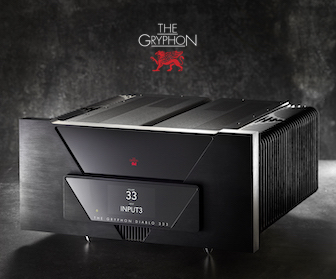
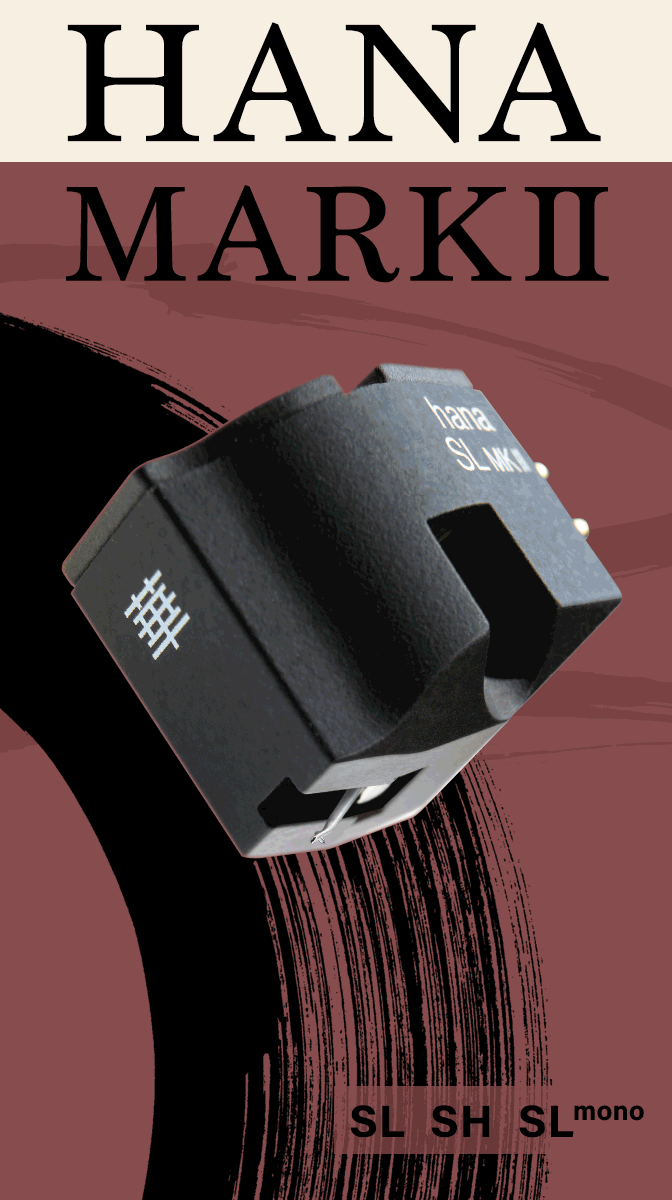









.png)








